JUST WHAT IS KHMER MASSAGE?
I would like to start with the obvious question, “What does Khmer mean?”. Khmer, quite simply, is the Cambodian word for… Cambodian! Yup, simple as that. If you speak ‘Khmer’, you speak Cambodian. If you are ‘Khmer’, you are Cambodian. So, if you are having a ‘Khmer’ massage… you guessed it, you are having a traditional, Cambodian massage. So what does this involve? Below we’ll look at how we at Lemongrass Garden perform this ancient massage technique.
Khmer Massage without Oil
The massage is 40% laying on your stomach and having a soothing back, shoulder and legs massage, and 60% laying on your back having your arms, legs, head and feet massaged. The main technique of a non-oil Khmer massage is a type of ‘kneading’, working deep into the muscles and leaving you feeling relaxed and sleepy afterwards. Pressure points are stimulated throughout your body, and it is not uncommon to drift away into a deep sleep. Some minor stretches at the end take no more than a minute to complete and are no way near as vigorous as Thai massage. That said, though it’s not painful, it might feel a bit intense for some who are a little sensitive or bruise easily. For a deeper relaxation, we recommend oil. See our traditional Khmer massage (without oil) menu.
Khmer Massage with Oil
Is Khmer Massage the same as Thai Massage?
This is undoubtedly the most common question that we hear, and the short answer is no, they’re no the same. Traditionally, a good Thai massage involves a lot of stretching, pulling, twisting and generally placing your body into various positions you never would have dreamed of getting yourself into. Thai massage also focuses a lot harder on pressure points in a less than comfortable way. Often described as quite rough and vigorous, it may leave you feeling a little beaten and worn down. This is not to say that it isn’t good, far from it in fact, but it’s certainly not for the faint of heart.
In Conclusion
Khmer massage has been around for centuries. Originally a massage developed for soothing the tired bodies of monks after long bouts of meditation, the massage was designed to improve blood circulation and stimulate internal organs. Since these times, the Kings of ancient Angkor have enjoyed the practices of massage as a luxury treatment to sooth their aches and ease them off to a peaceful meditative sleep. The calming practice has been combined with natural medicines, and in some parts is still believed to heal the body of unwanted conditions. Whether this is truth or not, there is no denying that after you have experienced a Khmer massage, you leave feeling different. In your mind, a feeling of inner peace and calm. Your body feels invigorated with a sense of energy being restored. Muscles that have remained mostly unused receive a breath of life as your blood courses to them and relieves them of harmful toxins. As cliçhe as it may be, your body truly is a temple that requires upkeep to maintain it’s best functioning performance, and Khmer massage is evidently one of the very best ways to achieve this.




